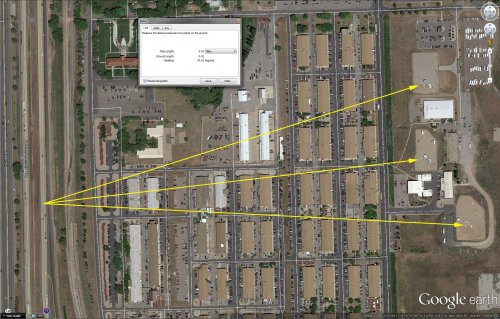marauder2048 said:
bobbymike said:
The head of the Navy's strategic systems program talked about the Mk5 RV as having an accuracy that the aim point is inside the non-explosive crater. A new ICBM should definitely be this accurate.
Is that the baseline, ballistic only Mk5 RV? I ask because the estimated impact crater size for that class of RV is approximately 10m in radius.
From the CRS Report on Prompt Global Strike
Reentry Vehicle Research
In FY2003, the Navy requested funding for research on a new type of guided reentry vehicle that
could significantly improve the accuracy of the Trident II (D-5) missiles. This program, known as
the enhanced effectiveness (E2) initiative, included an initial funding request of $30 million, a
three-year study, and a full-scale flight test in early 2007.29 Congress rejected the initial funding
request in FY2003 and FY2004, but Lockheed Martin Corporation, the contractor pursuing the
study, continued with a low level of research into this system.
The E2 reentry vehicle would have integrated the existing inertial measurement unit (IMU)
guidance system (the system currently used to guide long-range ballistic missiles) with global
positioning system (GPS) technologies so that the reentry vehicle could receive guidance updates
during its flight.30 A standard MK4 reentry vehicle, which is the reentry vehicle deployed on
many Trident SLBMs, would be modified with a flap-based steering system, allowing it to
maneuver when approaching its target to improve its accuracy and increase its angle of
penetration. This steering system, which the Navy referred to as a “backpack extension,” would
increase the size of the reentry vehicle, making it comparable in size to the MK5 reentry vehicle
that is also deployed on Trident missiles. The E2 warhead could possibly have provided Trident
missiles with the accuracy to strike within 10 meters of their intended, stationary targets. This
accuracy would not only improve the lethality of the nuclear warheads but it would also permit
the missiles to destroy some types of targets with conventional warheads.31
--------------------------------------------
Sorry it was a modified Mk4






